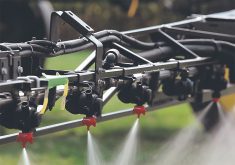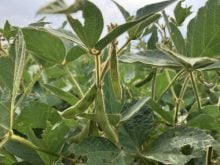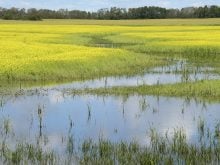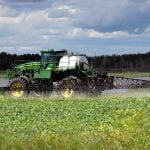About 15 minutes into a Disney movie, the terrible villain appears. It is man, portrayed as the destroyer of wildlife, pillager of the environment and indifferent to nature.
We saw it inBambiin 1942 and we saw it inAvatarin 2009. We’ve seen it in many movies, television shows and novels in between — so many that much of the public has come to believe that man is dangerous to the natural world.
The Canadian government bought into this mistaken belief when it denied grazing in Grasslands National Park in southwestern Saskatchewan. When the park was established in the 1980s, officials believed preservation of short grass prairie depended upon leaving it alone.
Read Also
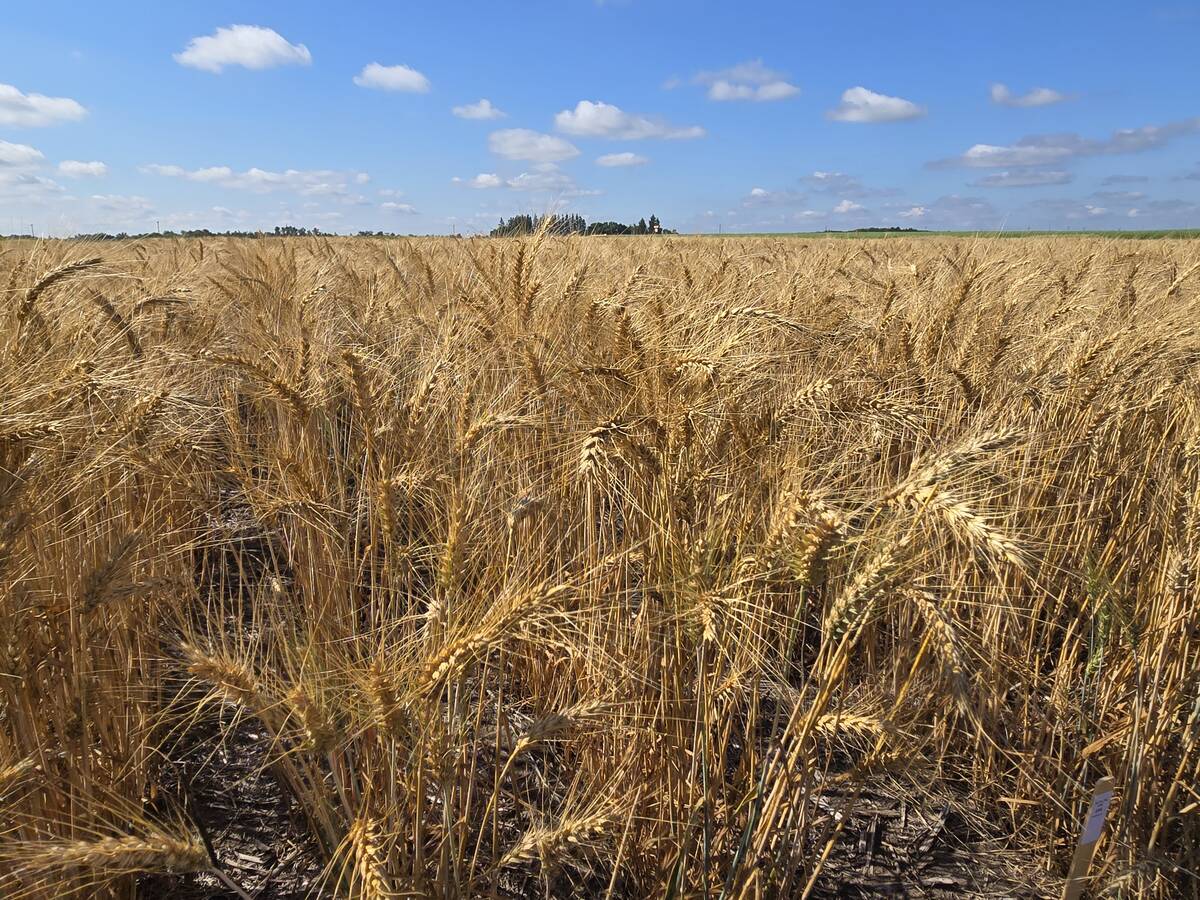
Fall rye hits record high in Manitoba
Winter cereals 2025: More Manitoba fields grew fall rye in 2025 than ever before, but winter wheat slipped and, while spring stand survival was good, drought took its toll
Ranchers who had managed the area for generations were denied use of the land. The opinions of those with deep knowledge of grassland management were rejected. To no rancher’s surprise, tame species began taking over native prairie, reducing biodiversity and limiting habitat for various grass, flower, bird, mammal, reptile and amphibian species.
It was the ideal scenario to enforce that joke that always garners sarcastic guffaws in farm circles: “I’m from the government and I’m here to help.”
But opinions are shifting now in the national park and among other agencies dedicated to preserving biodiversity and habitat. Grazing is now known to support preservation of native prairie and its ecosystems. It works in co-operation with stewardship, not in opposition to it.
At Grasslands National Park, grazing is now allowed within its boundaries. It is managed, as it should be, and the practice has already resulted in varying grass densities that lend themselves to habitat for a wider variety of wildlife. Ranchers benefit, the grassland benefits, the environment benefits and the public benefits.
The Multisar (multiple species at risk) program in Alberta is another example of an agency cognizant of ranching’s role in environmental stewardship. The collaboration of provincial agencies and conservation associations has a mandate to work with farmers and ranchers to preserve or create habitat that will favour at risk wildlife species.
“For us, ranchers are a necessity,” said Multisar program co-ordinator and wildlife biologist Francois Blouin in a recent interview. “Good grass-fed beef is essential to conservation efforts.”
Why? In Grasslands park, burrowing owls, longspurs and pipits began to thrive in the diverse mixture of shorter grazed areas and dense native grass litter.
In Alberta’s southeastern native grassland, grazing has maintained or created habitat suitable for sage grouse, swift foxes, ferruginous hawks, pronghorn antelope and Great Plains toads.
Some may ask why we should care about little known and seldom seen species. The fact is, we do not know the many ways in which species interact. Which ones are most important, and by whose measure?
But we do know diversity is an indication of a healthy environment.
Perhaps the country is emerging from an era when government agencies sweep in with plenty of grand ideas, but without acknowledging or using valuable local knowledge. We can hope.
As Saskatchewan rancher Doug Gillespie said about the Grasslands park scenario, experience proved a strict but effective teacher. It’s reminiscent of a poem in old joke books:
Experience is a teacher
But here’s what makes me burn: It’s always teaching me the things I do not want to learn.
Experienced farmers and ranchers have vital roles to play in land and environmental stewardship, whether those roles involve national parks, agricultural land use projects, wetland protection, soil conservation or carbon sequestration.
Man is not indifferent to nature. He is an essential part of it. Ranchers and farmers know that. It is time for others to realize it as well.
Bruce Dyck, Terry Fries, Barb Glen, D’Arce McMillan and Joanne Paulson collaborate in the writing of Western Producer editorials.



